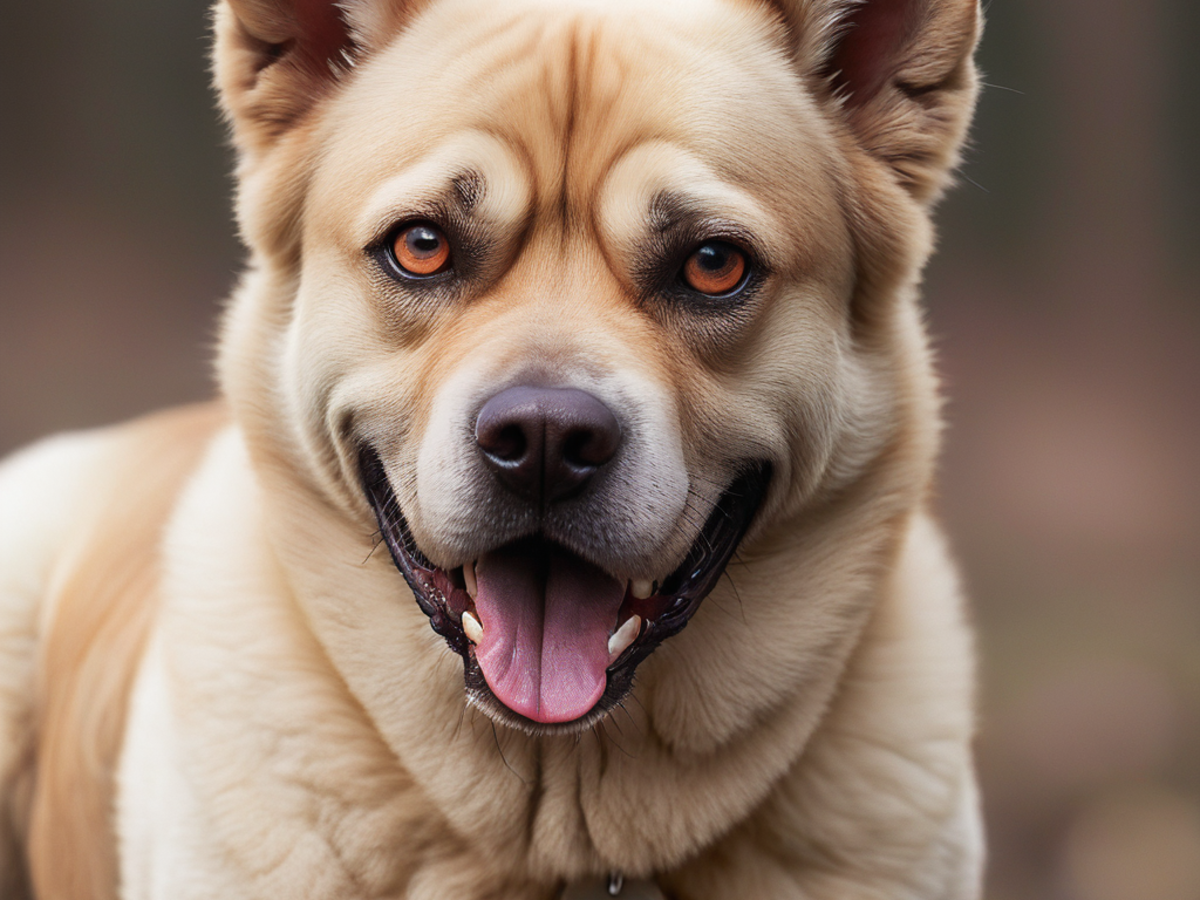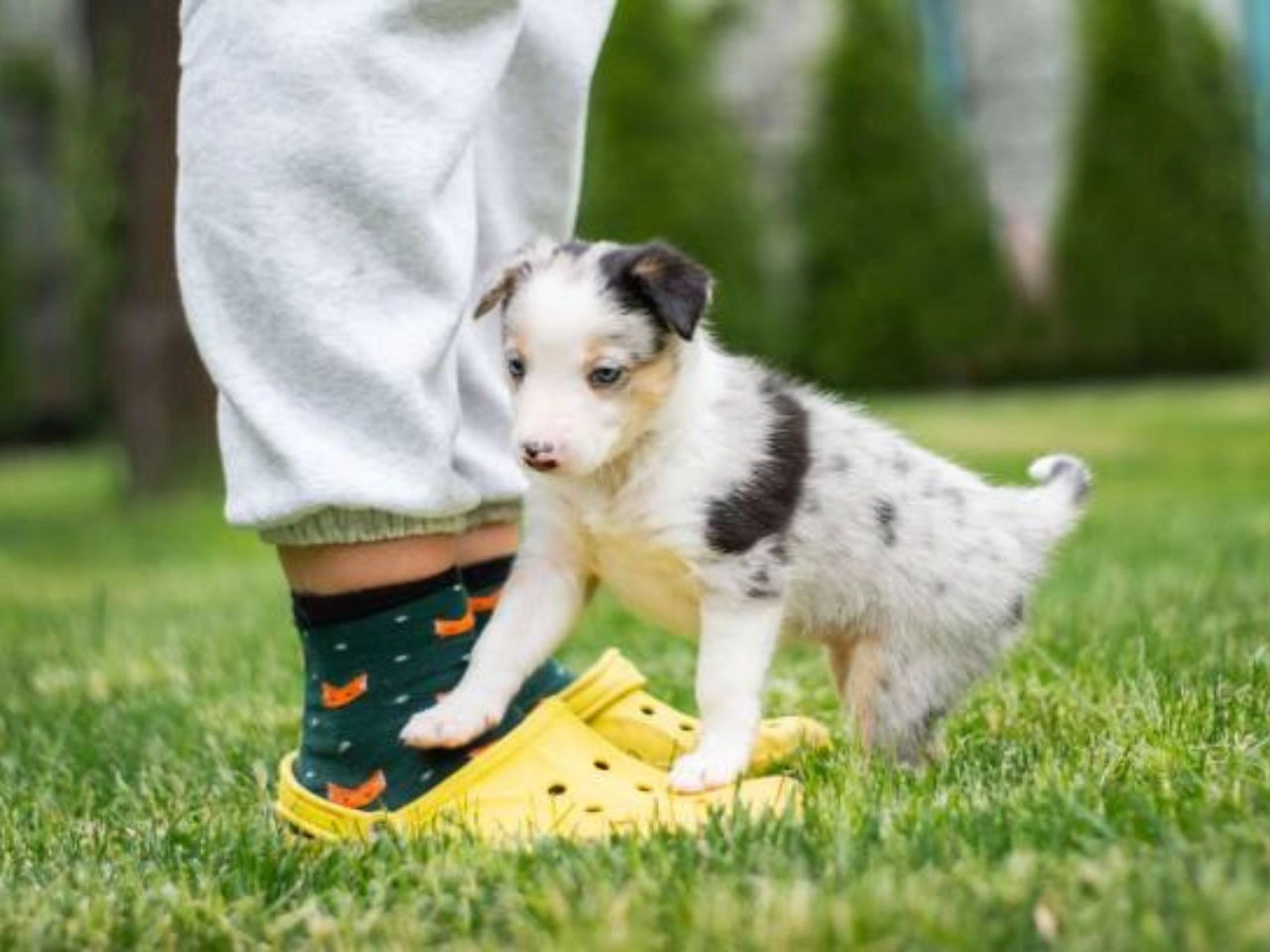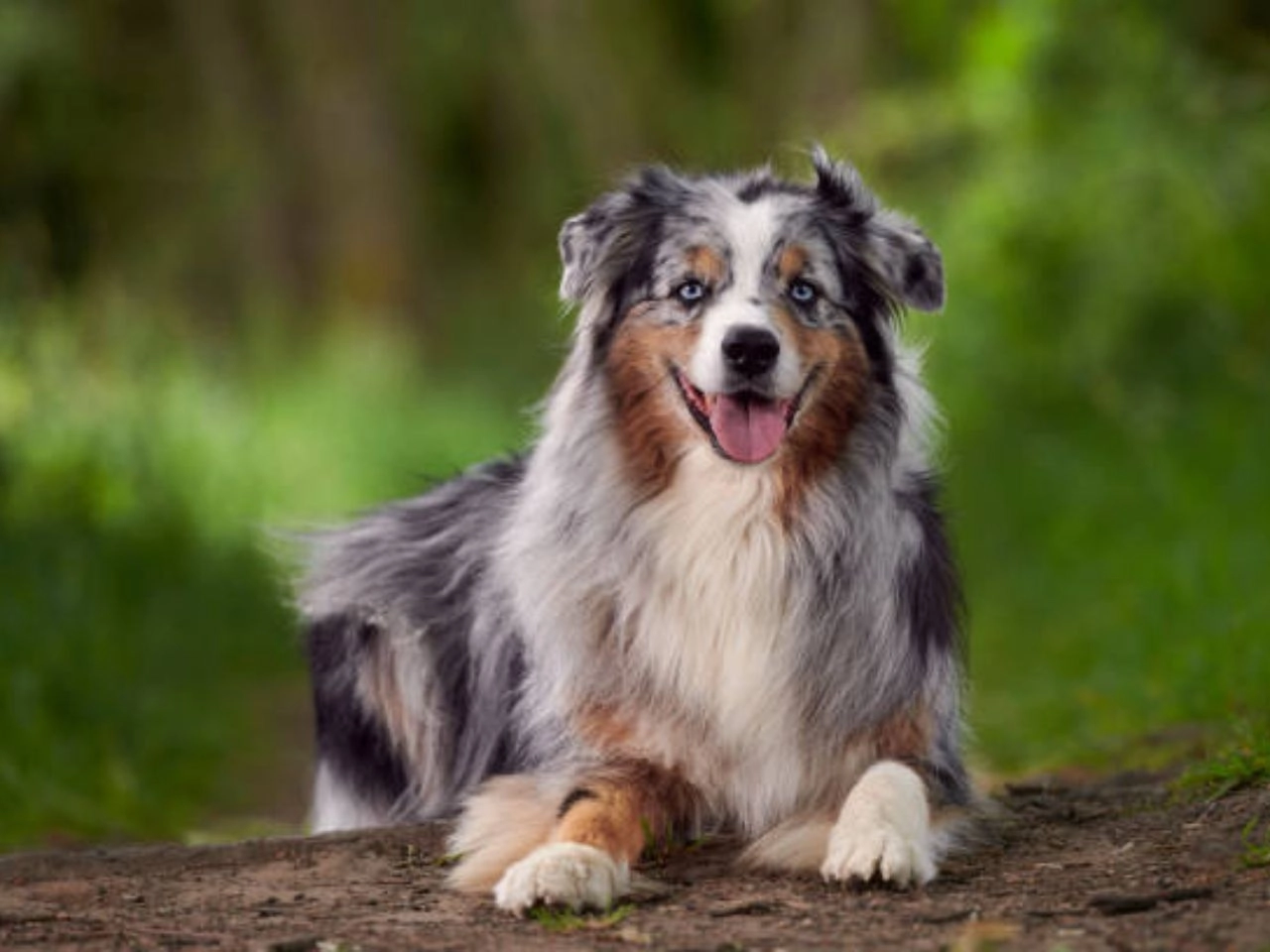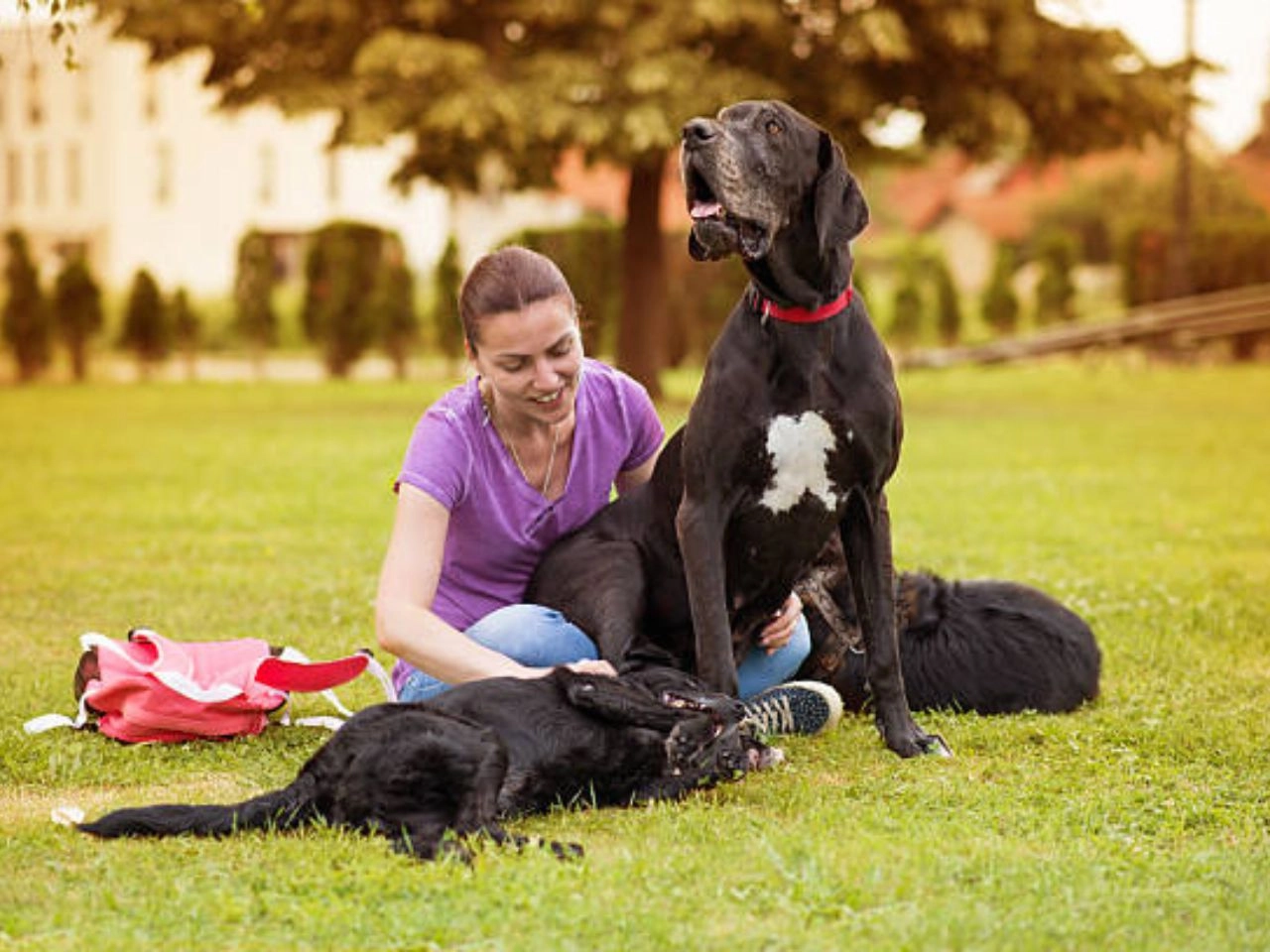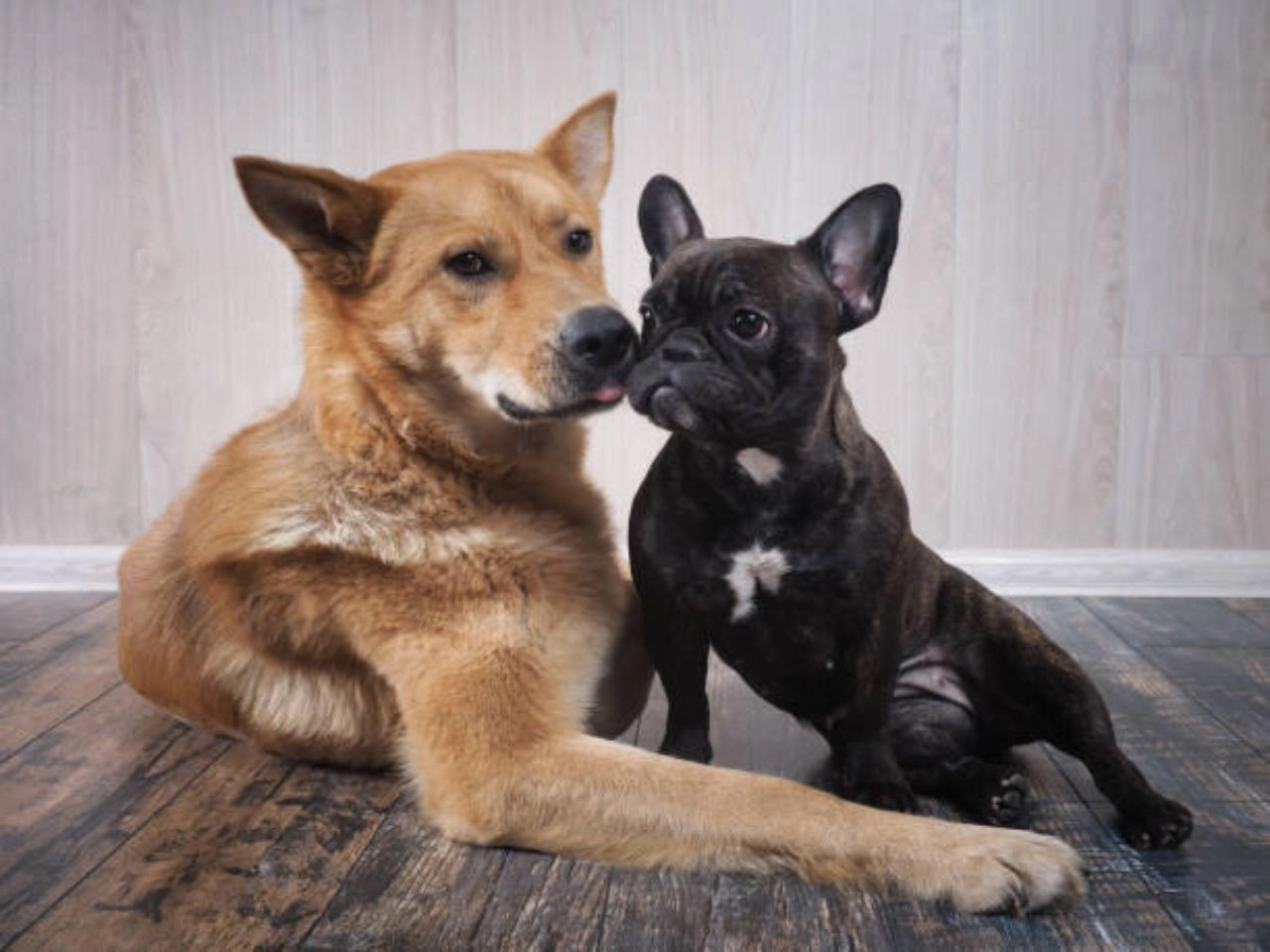Line breeding in dogs is a strategy that involves mating relatives to reinforce desirable traits. It’s a form of inbreeding that’s less intense than pairing immediate family members.
Line breeding is a deliberate choice in canine breeding programs aimed at maintaining or enhancing specific characteristics within a dog lineage. Breeders often employ this method to preserve traits such as temperament, physical attributes, or working abilities that are considered valuable for a breed’s legacy.
By selecting relatives that display these traits, breeders work to stabilize these qualities in future generations. This practice requires a deep understanding of genetics and careful planning to avoid health issues that can arise from reduced genetic diversity. Responsible line breeding can contribute to the development of robust dogs that exemplify the best qualities of their breed.
Line Breeding Explained
Line breeding in dogs is a selective breeding practice aimed at consolidating desirable traits. By mating closely related individuals, breeders intensify the presence of specific genetic characteristics within a lineage. This technique is frequently used to maintain and enhance pedigree qualities.
Breeding dogs is an art and a science. Line breeding is a key technique used by breeders. This method involves breeding dogs from the same family line. It is a careful process. Breeders use it to keep desirable traits in puppies. Let’s dive into the details of line breeding in dogs.
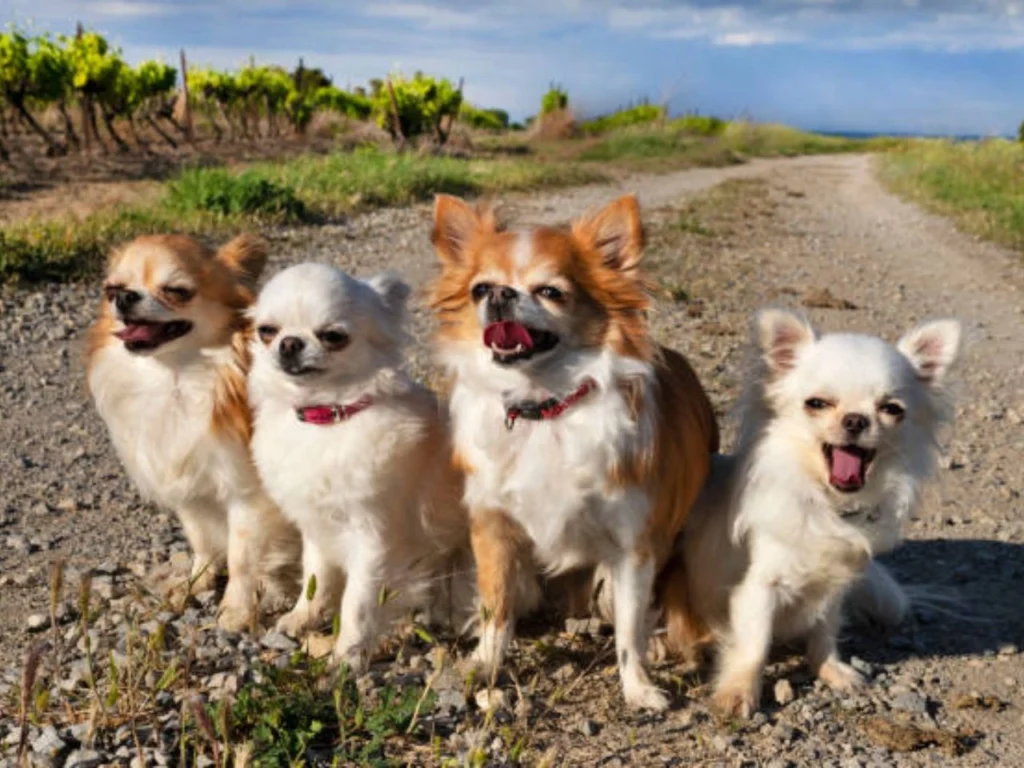
The Concept Of Line Breeding
In line breeding, breeders select dogs that are related to each other. They do this to a lesser extent than inbreeding. The goal is to maintain genetic traits. This includes things like temperament, appearance, and health. Line breeding often involves using relatives like cousins or grandparents. Breeders track pedigrees to make the right matches.
The Purpose Of line-breeding in Dogs
Why do breeders line-breed dogs? The main reason is consistency. Breeders aim for a specific set of traits. They want these traits to be passed on to the next generations. Line breeding can help to strengthen a breed’s characteristics. It can also reduce the risk of introducing health problems from outside lines.
The Benefits Of Line Breeding
- Maintains breed standards: Line breeding helps preserve the qualities that define a breed.
- Enhances traits: It can enhance traits like coat quality, size, and behavior.
- Reduces health risks: By using known genetics, breeders can avoid certain genetic diseases.
- Trackable genetics: With line breeding, the ancestry of dogs is well-documented. This makes predicting traits in puppies easier.
Line breeding is a balance. Breeders must weigh the benefits against potential risks. Responsible breeders use line breeding with care. This ensures the health and vitality of the dogs they love.
Do Breeders Prefer Line Breeding?
Many dog breeders have a strong preference for line breeding. They see it as a way to maintain and enhance desirable traits in their breeds. But what exactly is line breeding, and why do breeders often choose this method?
Definition Of Inbreeding
Inbreeding is the mating of closely related dogs. These can be parents to offspring or siblings. Breeders use inbreeding with caution. It can increase the risk of health issues. But it can also fix certain desirable traits.
Pros And Cons Of Inbreeding
Let’s weigh the advantages and disadvantages of inbreeding:
- Pros:
- Predictable traits
- Uniform litters
- Enhanced breed characteristics
- Cons:
- Higher risk of genetic diseases
- Reduced genetic diversity
- Potential for fertility issues
What Is Dog The Use Of Line Breeding?
Line breeding is a milder form of inbreeding. It’s the mating of dogs that are less closely related, like cousins. Breeders use line breeding to concentrate the genes of a specific ancestor. This helps to preserve desired traits without the risks of close inbreeding.
Here’s why breeders might prefer line breeding:
- It can strengthen a breed’s characteristics.
- It keeps the bloodline pure with less risk than inbreeding.
- It allows better control over inherited traits.
What Is An Example Of Line-Breeding In Dogs?
Ever wondered how dog breeders create pups with prize-winning traits? They often use a technique called line breeding. Line breeding is like a family recipe, mixing closely related family members to keep those winning traits in the pups. Let’s dive into a real-life example to understand this better.
Inbreeding
Inbreeding means breeding dogs that are closely related, like brother and sister. This is rarely done as it can lead to health issues. It’s like copying the same recipe over and over; eventually, it might not taste so good.
Linebreeding
Line breeding is less intense than inbreeding. It’s like using a winning recipe but changing it a little each time. An example would be breeding a grandfather dog with his granddaughter. This helps keep the family’s best traits in the pups. Imagine a family of champion golden retrievers. The breeder might pick a grandparent that looks a lot like the grandparent. By pairing them, the breeder hopes the next litter will have that champion golden glow.
Outcrossing
Outcrossing steps out of the family tree. It’s like adding a surprise ingredient to your recipe to make it better. Breeders find a dog with no recent shared ancestors, but with traits that could improve the line. This helps make the pups healthier and can bring in some new, exciting features.
Is Line Breeding Good For Dogs?
Is line breeding good for dogs? This question often stirs debate among dog breeders and enthusiasts alike. To understand its impact, let’s delve into the practice of line breeding and weigh its pros and cons.
Definition Of Linebreeding
Line breeding is a strategic approach to dog breeding. Breeders use this method to preserve desirable traits. They breed dogs that are related to a specific ancestor.
Advantages Of Linebreeding
- Consistency in traits: Line breeding can produce puppies with predictable characteristics.
- Preservation of lineage: It helps maintain the lineage of a particular desirable ancestor.
- Enhancement of qualities: Breeders can enhance specific qualities in their dogs through line breeding.
Disadvantages Of Linebreeding
- Health risks: Close genetic relationships increase the risk of hereditary diseases.
- Limited gene pool: It can lead to a reduced gene pool, which might affect the breed’s diversity.
- Unpredictable outcomes: Despite the intent to reinforce traits, sometimes the results may be unforeseen.
How To Apply Line Breeding in Dogs
- Identify a quality ancestor you wish to emphasize in your breeding program.
- Select dogs that are at least two to three generations removed from that ancestor.
- Plan breedings that focus on reinforcing the traits you value from that ancestor.
- Monitor the health and traits of the offspring closely to ensure desired outcomes.
What Is The Difference Between Line Breeding And In-breeding?
Many people wonder about the difference between line breeding and in-breeding in dogs. Both methods aim to preserve desirable traits, but they have key differences.
Line breeding pairs dogs that are distantly related to maintain genetic traits. It often involves cousins or more distant relatives. In-breeding, on the other hand, pairs close relatives like siblings or parents and offspring. This can strengthen traits but increases health risk.
Outcrossing means breeding dogs that are not related. This practice increases genetic diversity and can reduce inherited health problems.
Advantages Of Outcrossing
- Improves genetic diversity: Introduces new genes, which can enhance health and vitality.
- Reduces inherited disorders: Lowers the risk of passing on common genetic defects.
- Better immune function: Diverse genes often lead to stronger immune systems.
Disadvantages Of Outcrossing
- Unpredictable traits: This may result in offspring with undesirable characteristics.
- Difficulty in breeding: Finding the right outcross can be challenging and time-consuming.
- Potential loss of breed identity: Too much outcrossing might dilute specific breed trait
FAQ(What is Line Breeding in Dogs?)
What Is An Example Of Line Breeding In Dogs?
Line breeding in dogs may involve mating a grandparent with a grandchild, preserving desirable traits within a pedigree.
Is Line Breeding Good For Dogs?
Line breeding can stabilize desirable traits in dogs but increases the risk of genetic disorders. It requires careful, expert management to avoid health issues.
What Is The Difference Between Line Breeding And Inbreeding?
Line breeding is a form of controlled inbreeding to maintain desirable traits, often involving distant relatives. In contrast, inbreeding typically refers to breeding between close relatives, leading to a higher risk of genetic defects.
What Is The Advantage Line Breeding?
Line breeding enhances desirable traits in offspring by mating closely related animals. It can increase uniformity and predictability in genetic outcomes.
Line breeding in dogs is a strategic approach, that focuses on strengthening desirable traits. This technique requires careful planning and knowledge of genetics to be effective and safe. By understanding line breeding, breeders can enhance specific qualities in dog breeds, ensuring the health and vitality of future generations.
